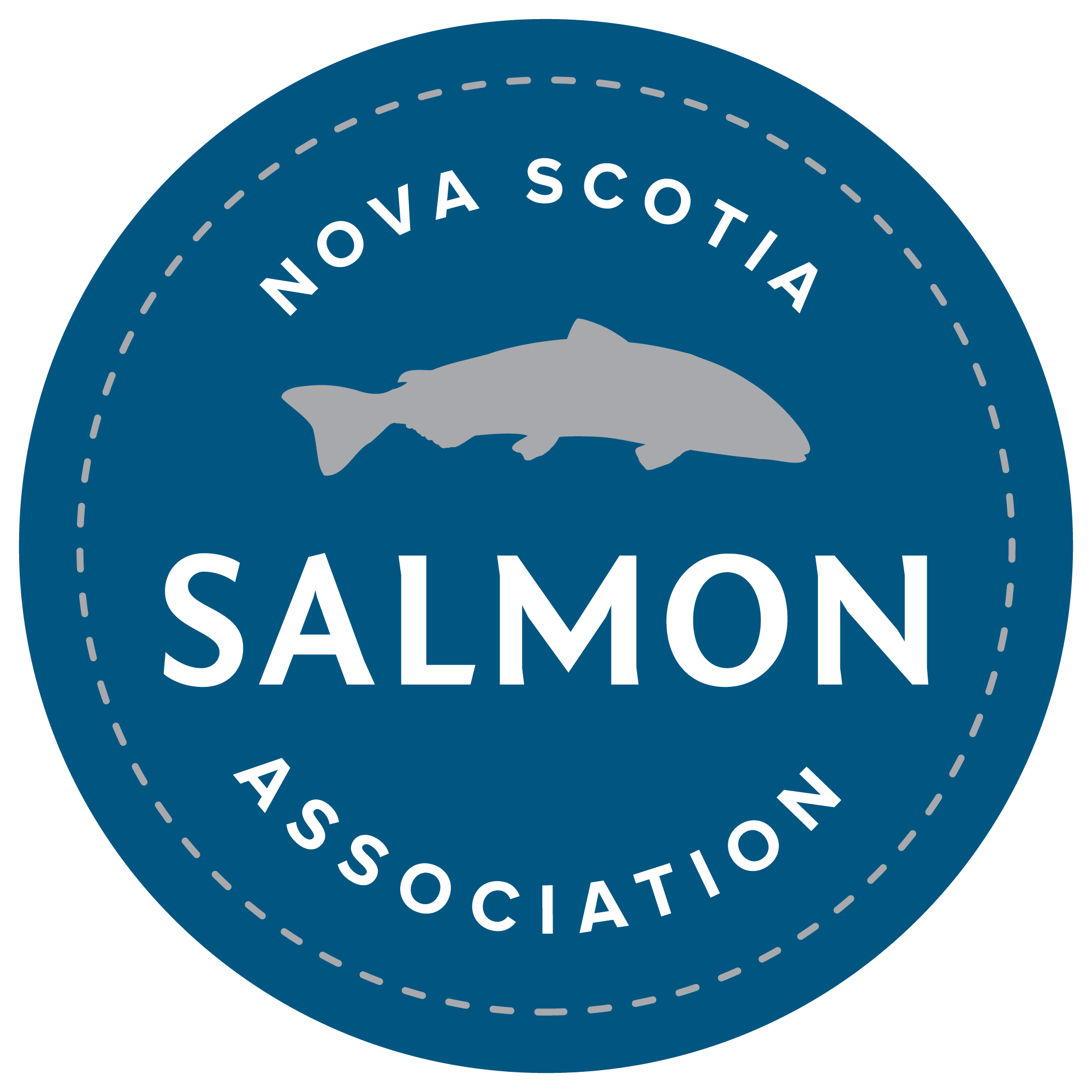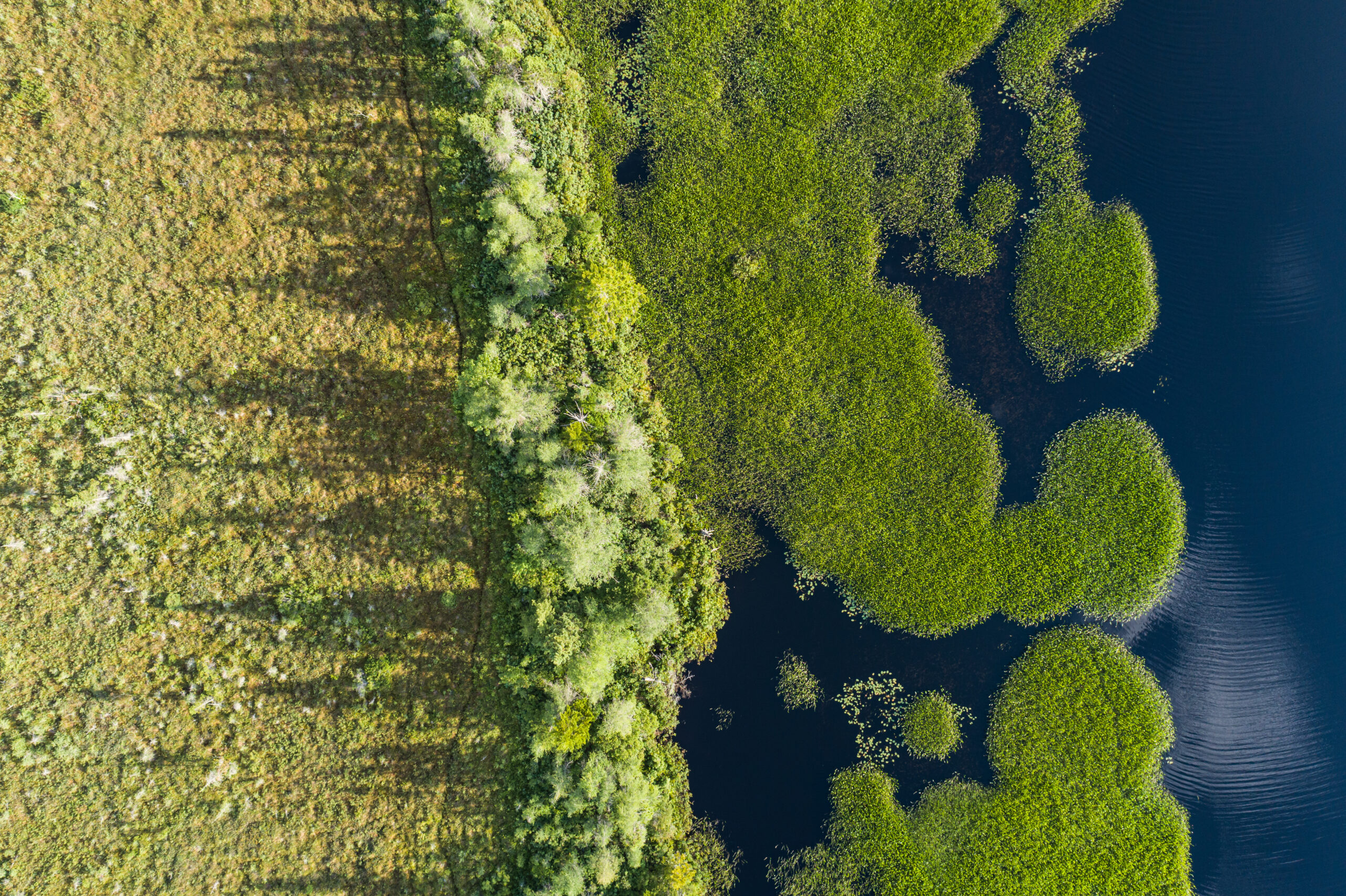
Aquatic Invasive Species
Nova Scotia’s waterways have long been vulnerable to the introduction and spread of aquatic invasive species (AIS). Smallmouth Bass and Chain Pickerel, in particular, threaten watersheds, fisheries, and biodiversity. The spread of invasive species is one of the primary and most imminent threats to a balanced Nova Scotian ecosystem.
The Nova Scotia Salmon Association focuses our efforts on protecting and enhancing watersheds for the benefit of our coldwater, native species – primarily Brook Trout and Atlantic Salmon, but also for the wide range of native species that depend on healthy, balanced ecosystems – including Lake Trout, Lake Whitefish, Atlantic Whitefish, Rainbow trout, white perch, yellow perch, banded killfish, brown bullhead, and common shiners.
Primary concern for cold water species is the introduction and spread of both Smallmouth Bass and Chain Pickerel.
Ecological Disruption
Predation on Native Species
Invasive predators like smallmouth bass and chain pickerel prey on native fish, amphibians, and invertebrates, leading to serious and often irreversible declines in native species populations. These invasive predators often target young fish which disrupts the lifecycle of native species and can lead to long-term declines.
Competition for Resources
Invasive predators like smallmouth bass and chain pickerel prey on native fish, amphibians, and invertebrates, leading to serious and often irreversible declines in native species populations. These invasive predators often target young fish which disrupts the lifecycle of native species and can lead to long-term declines.
Altered Food Webs
By introducing new predators and competitors, freshwater invasives disrupt local food webs. For example, chain pickerel feed on a wide range of prey, including fish, frogs, and young waterfowl, affecting the populations of these species and the species that depend on them
Reduced Genetic Diversity
The presence of invasives leads to a decline in genetic diversity, especially once native populations become reduced. This loss of genetic diversity weakens an ecosystems’ resilience to environmental changes, diseases, and other stressors.
Impact on Recreational Fisheries
Decline in Native Sport Fish
While smallmouth bass and chain pickerel have become popular sport fish, their spread has reduced the opportunities for our provincial fish – the Brook Trout, and the King of Sportfish, the Atlantic Salmon. These species have long been highly valued by local and visiting anglers. As native fish populations decline and watersheds become overwhelmed with AIS, recreational fishing experiences are altered, affecting long-standing cultural and subsistence values to Indigenous Peoples, and angling traditions in Nova Scotia.
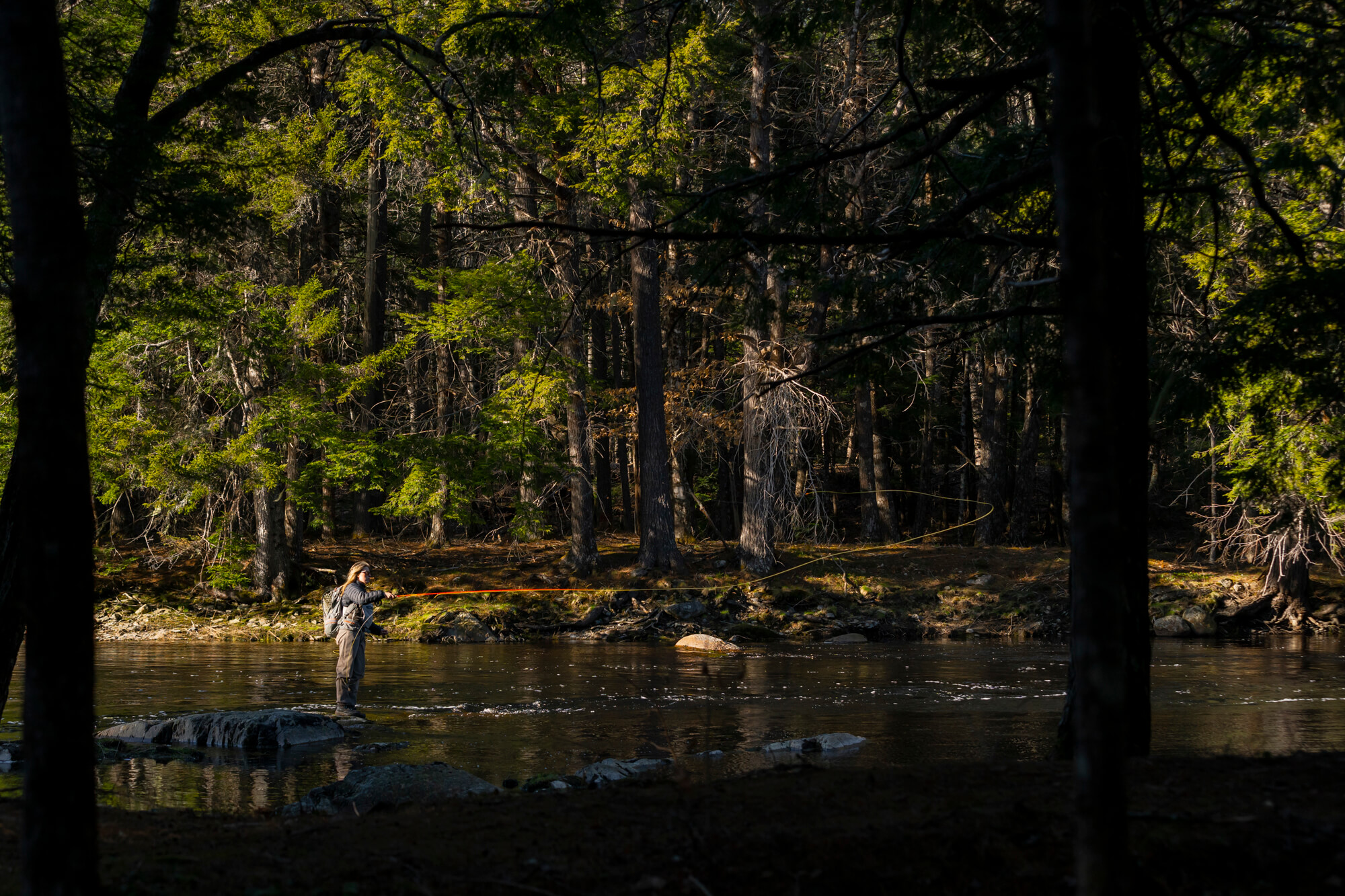
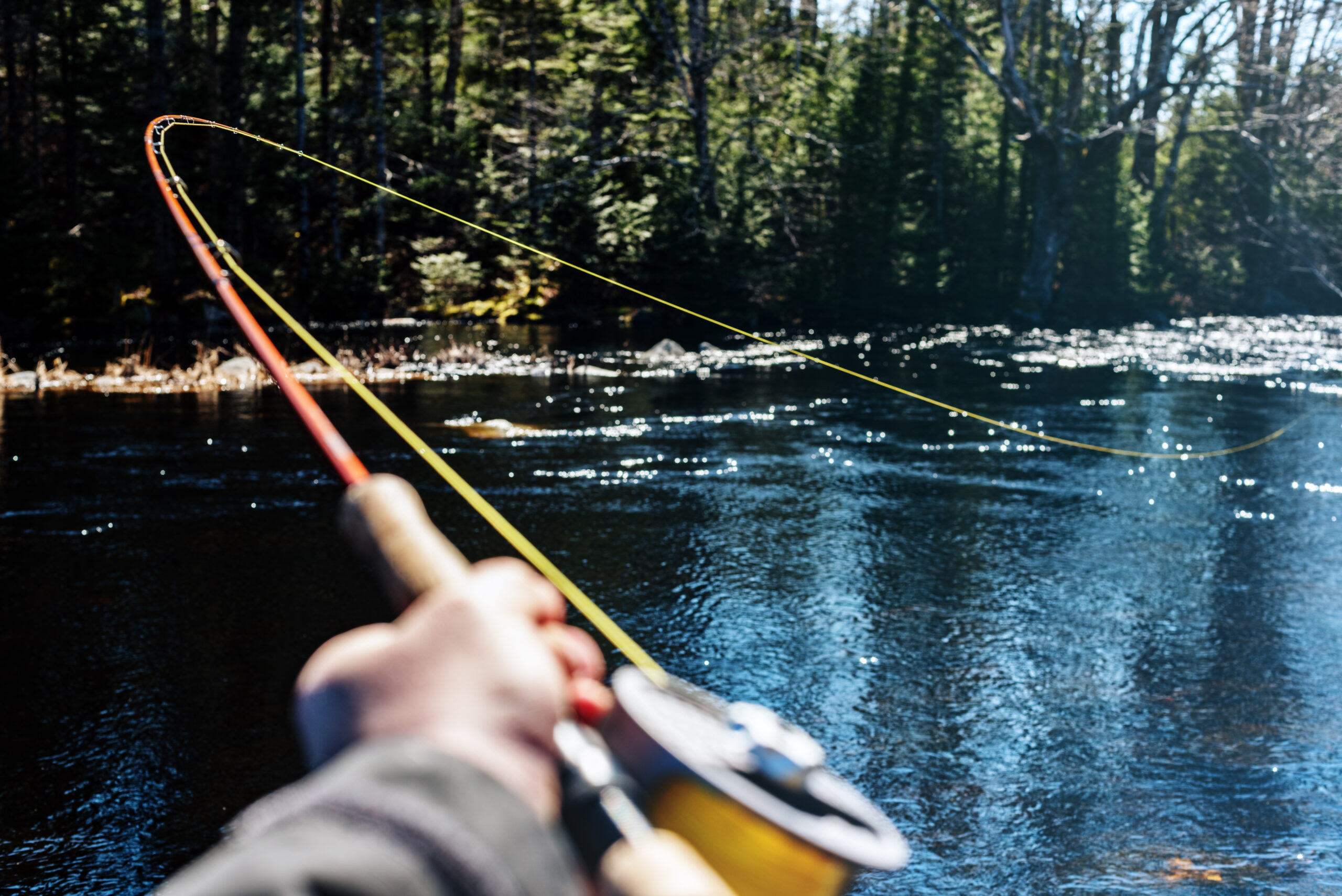
Economic Losses in Fisheries
The decline in native fish populations lead to serious economic impacts in regions where fishing is an important local industry. Angling tourism, guiding, and outfitting operations and local business rely on balanced, healthy ecosystems and the people attracted to the recreation they provide.
Management and Mitigation
The Nova Scotia Salmon Association works collaboratively with affiliates and partners to play an important role in identification, containment, control, and eradication of AIS. We rely on our members, staff, and directors to contribute time and effort to minimize the spread of invasive and fight for our native species.
1. Identification
When an invasive species is suspected in a watershed, anglers can provide valuable information with clear photographs, date, time of day, exact location. This information should be shared with the Department of Fisheries and Aquaculture
Once identified by anglers, members of the Dept of Fisheries and Aquaculture, supported by NSSA and our affiliates move to confirm the presence of AIS, via angling, electro-fishing, or by collecting eDNA samples.
2. Containment
Analysis of the watershed and the density of Aquatic Invasive species are conducted. If it’s feasible to contain the invasive species, permits and permissions are acquired and a variety of containment methods can be put in place – barrier nets, trap nets.
Any containment efforts need to be regularly monitored to minimize the impact on the surrounding ecosystem. Our affiliates, staff and members consistently are deployed to provide information and labour to assist the effectiveness of containment efforts.
3. Control
The NSSA works directly with partners – notably the Nova Scotia Department of Fisheries and Aquaculture and the Department of Fisheries and Oceans Canada to implement important control measures. Changes to management orders, special licenses, changes to fishing regulations, are all considered based on effectiveness and impact.
Importantly, it’s proven to be very difficult, if not impossible, to completely remove an entrenched population of Smallmouth Bass or Chain Pickerel through control measures alone – but they can raise awareness and create more time for eradication techniques to be planned and executed.
4. Eradication
The complete removal of an Aquatic Invasive Species from a watershed is complicated and costly – and is a last line of defense. Several options are available – longer term efforts that require much time and effort include efforts to rake spawning grounds, remove vegetation, and conduct extensive electro fishing.
Shorter term and more serious, but effective, techniques include completely drawing down the water level, or applying Rotenone – a naturally occurring poison that kills all gill-breathing species. Both techniques have been successfully undertaken in Nova Scotia – but come at a substantial cost, and are not always possible based on the watershed features and amount of invasive spread.
Identification
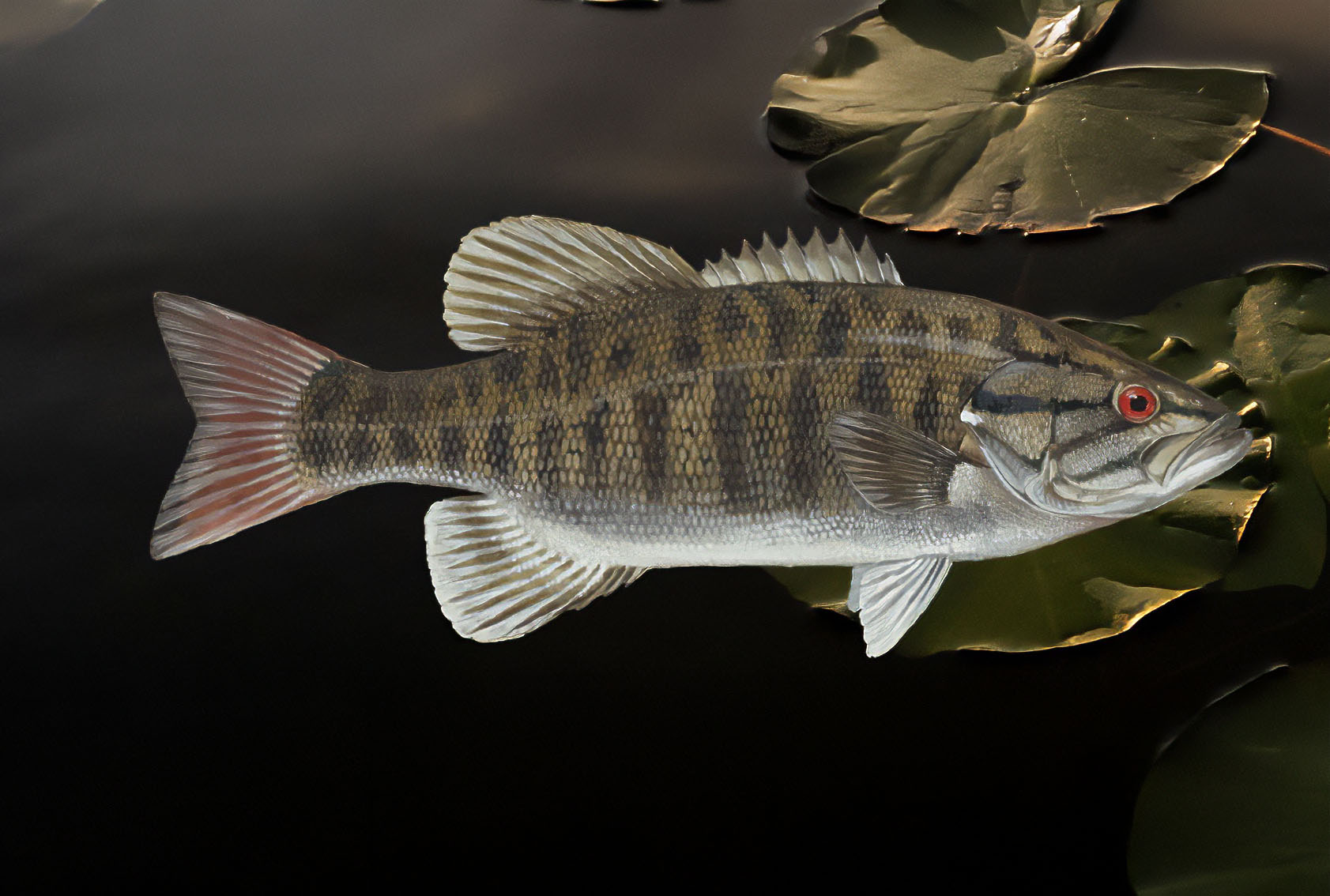
Smallmouth Bass
(Micropterus dolomieu)
A top predator in many of Nova Scotia’s freshwater systems, smallmouth bass have reshaped local ecosystems by preying on native species and competing with them for resources. Their presence has reduced the populations of native brook trout and other fish species, impacting biodiversity and recreational fishing.
Smallmouth Bass were first legally introduced to 10 lakes in Nova Scotia in the 1940’s. Since then, there has been some natural migration, but over 90% of lakes that contain bass are a result of illegal human activity.
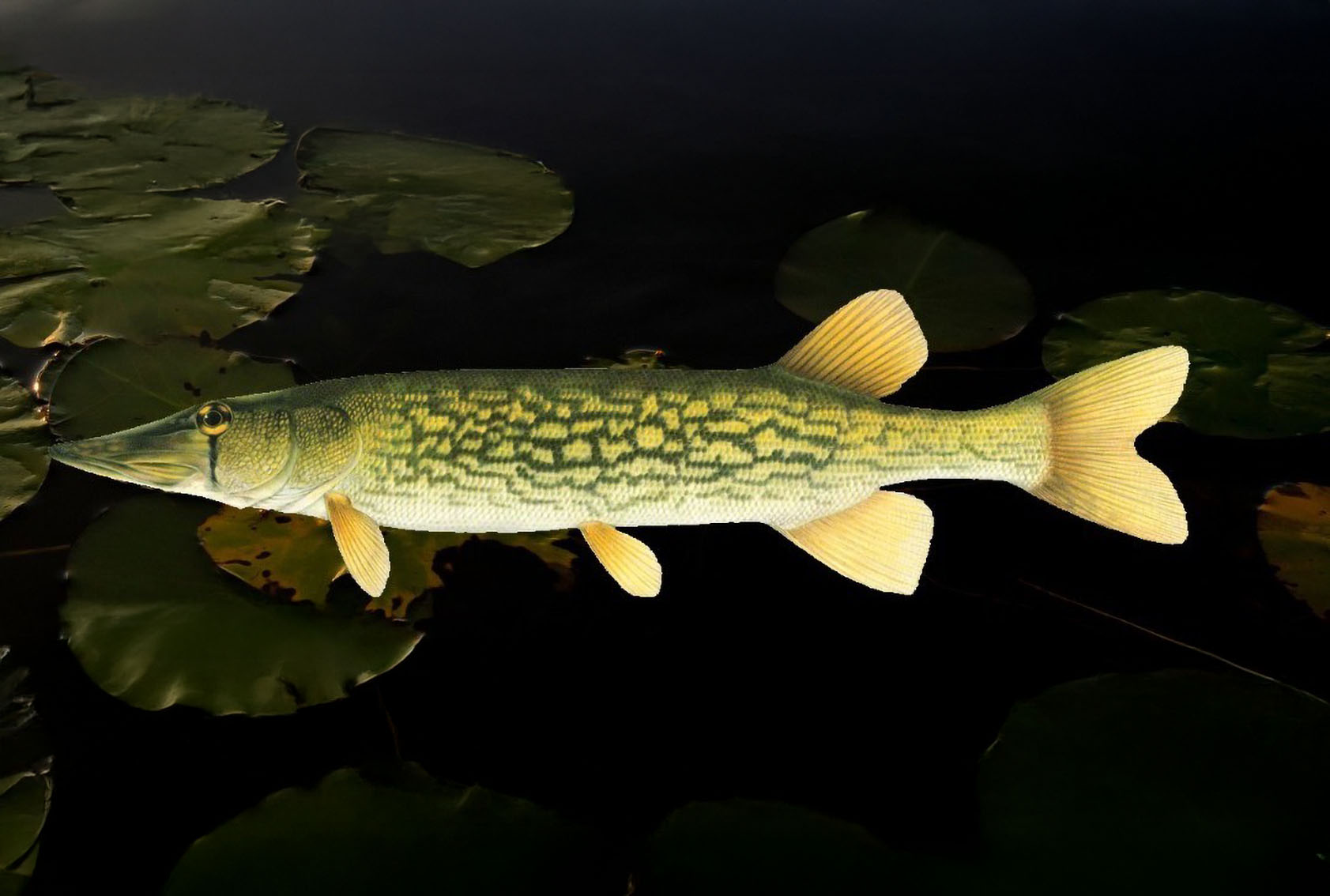
Chain Pickerel
(Esox niger)
This voracious predator has spread through lakes and rivers across Nova Scotia. Chain pickerel feed on a wide range of prey, including native fish, amphibians, and even young waterfowl, disrupting ecosystems and reducing native fish populations.
Chain Pickerel were never legally introduced – and while they are very effective at moving through a watershed once they have depleted their food sources, much of their spread is also attributed to illegal human activity.
Penalities
Illegally transferring or introducing Aquatic Invasive Species is a serious criminal offense. Fines of up to $500,000 and jail time of up to 2 years can be sentenced on conviction.
How you can help
Report activity
Report any suspected illegal activity or identification of potential aquatic invasive species in watersheds where they are not known to exist.
Follow changes
Follow regulation and management changes, especially in areas where bag limits are increased and mandatory catch and kill orders are in place.
